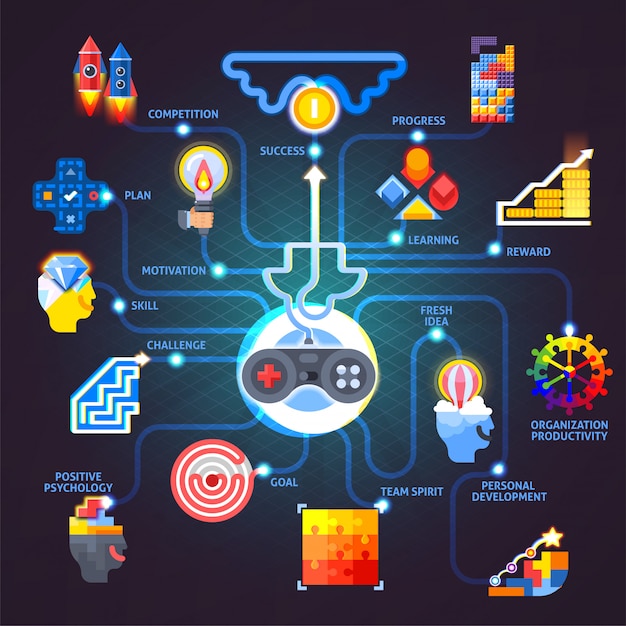Gamification-based marketing strategies aim to capitalise on people’s innate desires for pleasure, competitiveness, and social interaction. The most popular way to include promotion gamification into your marketing plan is by rewarding clients for completing specific tasks.

Marketing gamification techniques function on various levels:
points or another form of digital money.
Leaderboards (increases competition, but make sure to keep customers private data secure).
Challenges.
Onboarding.
measures for re-engagement.
Cohesion of the text and the images.
Marketers can provide Windfall Gains to clients as often as they interact or complete the necessary game stages thanks to gamification. Customers are more inclined to use the reward since they have unanticipated savings available to them.
How can you use it into your marketing plan?
Use mystery coupons to spice up your business by letting clients choose one bargain from three.
Create a $100 discount coupon that will be distributed at random to customers who signed up for a newsletter in May to include discount codes as a component of the contest.
By randomly giving codes and having a discount code appear on your website, you may add a sense of surprise.
If you are doing an offline marketing campaign, you can provide in-store customers with scratches with 3 levels of discounts: 5%, 10%, and 15%.

A smartphone game that keeps giving: Coca-Cola
There is no need to introduce Coca-Cola, since their marketing strategies have already been well examined. A mobile drag-and-shoot game with the objective of throwing ice cubes into Coca-Cola bottles was one example of a gamified marketing campaign. This game was released for the Chinese and Singaporean markets. Discounts or loyalty points would be awarded to those who are successful. You can always create an online version of the game to engage with your audience, especially its younger segment, if developing your own mobile app sounds excessive.